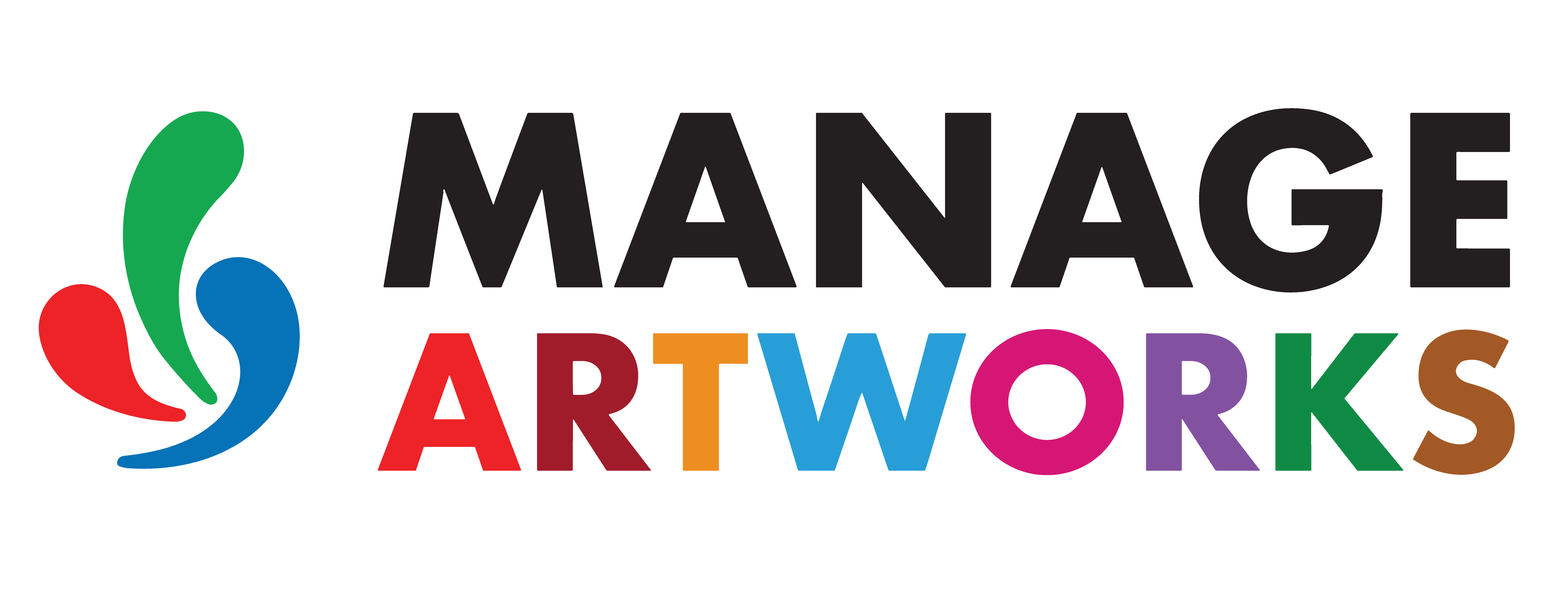🔧 Troubleshooting
If Braille translation does not produce the expected results, refer to the following troubleshooting steps to identify and correct common issues.
01. Incorrect or Missing Translation Output
- Verify that the Braille region is correctly marked using a bounding box. The system cannot detect or translate Braille unless the region is manually selected.
- Avoid overlapping non-Braille areas (e.g., text or logos) in the selection.
- If Braille overlaps with other design elements, either:
- Remove all layers except the Braille layer before performing manual selection, or
- Remove all Pantone and process colours except the Braille colour, and then reselect the region.
02. Poor Image or Print Quality
- Low-resolution or low-contrast artwork can cause dots to appear unclear, making detection difficult. Use a higher-resolution version of the file.
- If the Braille dots appear smudged, distorted, or uneven due to scanning or printing issues, recheck the artwork and upload a clean version.
03. Language Selection Errors
- Always confirm the correct target language before initiating translation. Choosing the wrong language will result in inaccurate or meaningless output.
04. Non-Standard Braille Formatting
- Ensure the Braille follows Marburg Medium specifications.
- The system supports only Marburg Medium; custom Braille fonts or artistic representations will not be recognized.
05. Translation Missing from Proofing Report
- If the translated Braille text does not appear in the proofing report, it typically means:
- No region was selected for translation, or
- The selected region did not contain valid Braille patterns. Recheck the selection area and try again.
